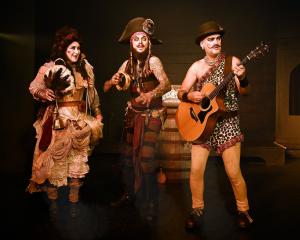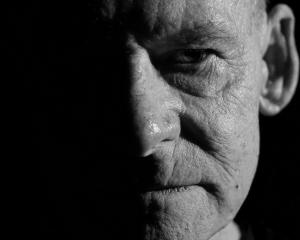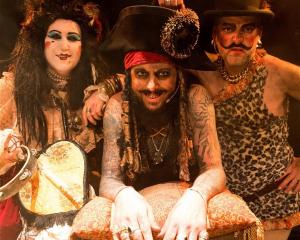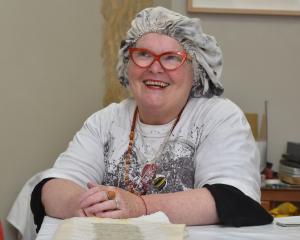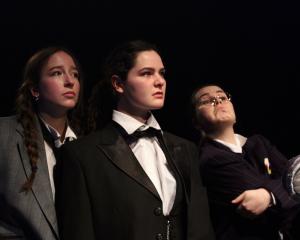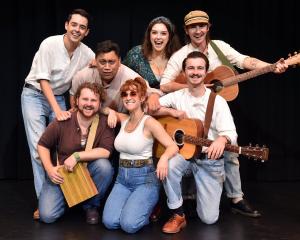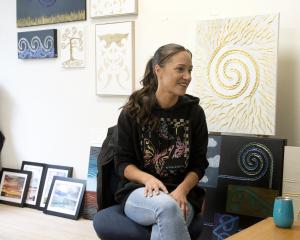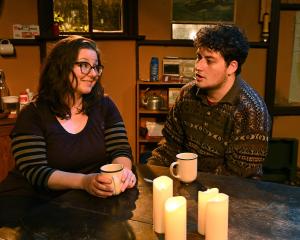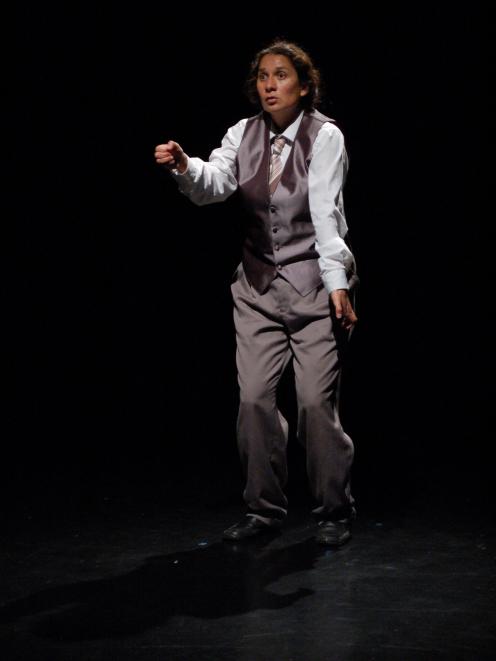
Stories by South American writers are the inspiration for two physical theatre pieces to be performed during the Dunedin Fringe Festival.
Dunedin actress and dancer Moira Fortin, choreographer Sofia Kalogeropoulou and playwright/director Richard Huber, have joined forces to create contrasting works The Motorway and The Subterraneans for the Fringe.
"It has been a fantastic collaborative experience, which has allowed us to convey vivid ideas through stylised movement,'' Kalogeropoulou said.
The Motorway, a solo piece to be performed by Fortin on March 12, 13, and 14, at 8pm in the New Athenaeum Theatre, focuses on the experience of being stuck in traffic and is based on Julio Cortazar's story The Southern Through-Way.
"This is a story that deals with the sensation of being stuck, in many different ways, in a physical way,'' Fortin said.
"Being stuck in traffic is a universal experience ... but this expands on that in an interesting way.''
The Subterraneans, which features Fortin, Amanda Martin, Kelsi Wallace, and Alysha Watson, is a dance-theatre piece that examines the life of coal miners and others caught in the "underground'' of society.
The show, based on six short stories by Chilean writer Baldomero Lillo, will be staged on March 15, 16, and 17, at 10pm in the New Athenaeum Theatre.
The stories were translated from Spanish into English by Fortin, then edited by Huber into a theatre piece before being re-translated into Spanish.
"It has been a fascinating process,'' he said.
The Subterraneans includes altered recordings of taonga puoro (Maori instruments) played by Dr Jennifer Cattermole, of the University of Otago music department.
"What results is a piece that is musical in form, as well as a coherent dramatic performance,'' Huber said.
"It was very interesting to see how the words have become movement.''
Using dance to present discomfort and confinement, in a stylised way, had evolved organically, Kalogeropoulou said.
The dancers came from varied backgrounds, including gymnastics and Irish dance. It had been interesting to allow their personalities to come through, she said.
BRENDA.HARWOOD @thestar.co.nz

